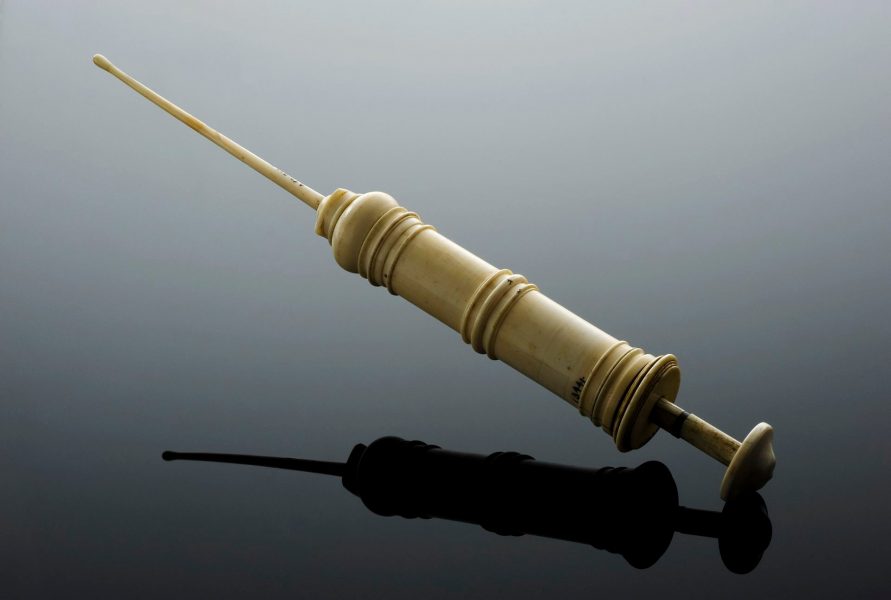Now we have very rainy and sleepy weather. We don’t have any particularly interesting news, so I started digging through old documents - discovered last year - and found some pretty good stuff.
It’s no secret (I hope) that Eryakhshari medicine at the beginning of our era was simply incredibly advanced. There are many reasons for this, but I don’t really want to go into them, so I’d rather just tell you what this “advancement” was. And the materials on which I will rely will be a small note with terminology, entitled in the average Turk way Andar bizeškīh ī jēartīg, “About Geartian medicine.”
- pāj-ɠosur - lit. "adhesive ointment" A substance based on tree resin, used as a medical glue known to us all. There is information that sometimes thyme essential oil, which has a pronounced antimicrobial effect, was added to it.
- qōḑeyelağ - “pneumothorax”, from qōḑē ayē lağ "air of the pleural cavity", where qōḑ - “air”, and ayē lağ (lit. “outside the lung”) - “pleural cavity.” By the time of the fourth century, the phenomenon had long been known, and they also knew how to treat it. How exactly? Next word!
- qōḑɠāfr - “syringe”, literally “air blower”. Initially, animal bladders were used for this purpose, to which a thin reed tube was glued. The next stage was a wooden hollow cylinder, onto which a film from a bubble was stretched - and to it, in turn, a hook was glued, which could be held on to. Thus, the film could be both pulled back and pressed in, creating negative or positive pressure, respectively.
Yes, such “syringes” have already been used to pump out air from the pleural cavity during pneumothorax. The next generation of syringes already had something like a piston, but this is a completely different and no less interesting story. - fexers - “blood vessel”, from fexr "blood" and erş "lived".
I think this may have convinced you!

